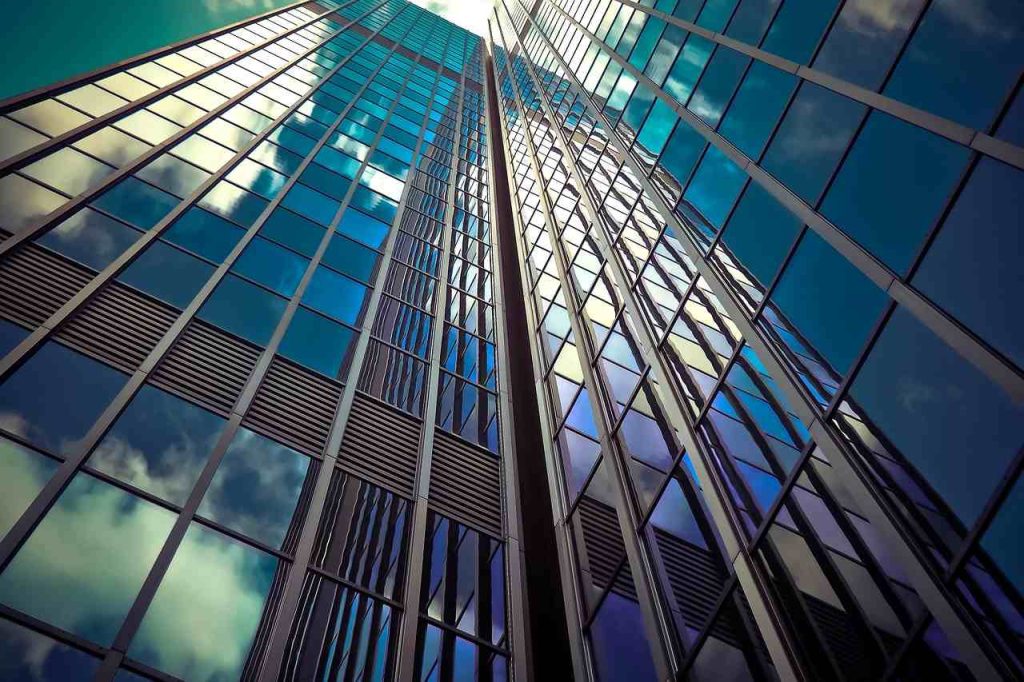The Spanish colonial architecture in Ecuador is some of the most beautiful in all of South America. The country has a rich history, which can be seen in the many different cities and towns that were built during the colonial era. Each city has its own unique style, and it is well worth taking the time to visit them all!
Quito, the capital of Ecuador, is home to some of the best-preserved Spanish colonial architecture in the country. The city was founded in 1534 by Spanish conquistador Sebastián de Benalcázar, and it quickly became an important center of Spanish power in South America. The city’s buildings reflect its status as a colonial capital, with grand churches and mansions that were built to impress visitors from Spain. Today, Quito’s old town is a UNESCO World Heritage Site, and it is one of the most popular tourist destinations in Ecuador.
Cuenca, another beautiful city in Ecuador, was founded in 1557 by Spanish settlers. Cuenca is known for its well-preserved colonial center, which is full of beautiful churches and other buildings. The city is also home to the the University of Cuenca, which was founded in 1867 and is one of the oldest universities in Ecuador.
Banos is a small town located in the Andean mountains of Ecuador. The town was founded in 1558 by Spanish settlers, and it quickly became a popular destination for wealthy Europeans seeking a respite from the cold winters of Europe. Banos is known for its thermal springs, which are said to have healing properties. The town’s colonial architecture is also very well-preserved, and it is a popular tourist destination today.
Otavalo is a small town located in the northern highlands of Ecuador. The town was founded in 1565 by Spanish settlers, and it quickly became an important center of trade. There are so many things to do in Otavalo. Otavalo is known for its traditional market, which is one of the largest and most famous markets in all of South America. The town’s colonial architecture is also very well-preserved, and it is a popular tourist destination today.

Guayaquil, the largest city in Ecuador, was founded in 1538 by Spanish conquistador Francisco de Orellana. Guayaquil quickly became an important port city, and it remains an important economic center today. The city’s colonial architecture is very well-preserved, and it is a popular tourist destination.
Alausi is a small town located in the southern highlands of Ecuador. The town was founded in 1579 by Spanish settlers, and it quickly became an important center of trade. Alausi is known for its traditional market, which is one of the largest and most famous markets in all of South America. The town’s colonial architecture is also very well-preserved, and it is a popular tourist destination today.
Riobamba is a small town located in the central highlands of Ecuador. The town was founded in 1534 by Spanish conquistador Sebastián de Benalcázar, and it quickly became an important center of Spanish power in South America. Riobamba’s colonial architecture is very well-preserved, and it is a popular tourist destination today.
Latacunga Ecuador is rich in architectural history. The city was founded in 1534 by the Spanish conquistador Sebastián de Belalcázar. During the colonial period, Latacunga was an important administrative center, and many of its historic buildings reflect this. The Casa del Cabildo, for example, was once the seat of government for the province of Cotopaxi. Latacunga’s status as a regional hub also helped to attract a number of prominent architects, including Pedro Vicente Maldonado, who designed the city’s cathedral. Today, Latacunga’s historic center is a UNESCO World Heritage Site, and its unique architecture continues to draw visitors from all over the world.
Any discussion of the architectural history of Milagro, Ecuador must begin with a discussion of the Inca period. The Incas were an indigenous people who began to establish their presence in the region in the 12th century. By the 15th century, they had become one of the most powerful empires in South America. The Incas were known for their sophisticated engineering and architecture, and many of their buildings can still be seen in Milagro today. One of the most famous examples is the Temple of the Sun, which was built in 1450. The temple is made entirely of stone, and its ornate carvings and beautiful stonework are a testament to the skill of the Inca builders.
In addition to the Inca period, there are also several colonial-era buildings in Milagro. These include the Church of San Francisco, which was built in 1577, and the Convent of San Agustin, which was built in 1602. Both of these buildings testify to the Spanish influence on Ecuadorian architecture. Milagro is also home to a number of modern buildings, including the Palacio Municipal, which was built in 1977. This structure combines traditional Ecuadorian architecture with more modern elements
Ecuador is also home to a number of modern cities, which have been built in recent years. These cities are full of high-rise buildings and other modern architecture, and they offer a contrast to the more traditional style of the country’s colonial towns. Guayaquil, Cuenca, and Quito are all good examples of modern Ecuadorian cities.
If you’re interested in learning more about the history and architecture of Ecuador, then I highly recommend taking a trip to one of the country’s cities.
